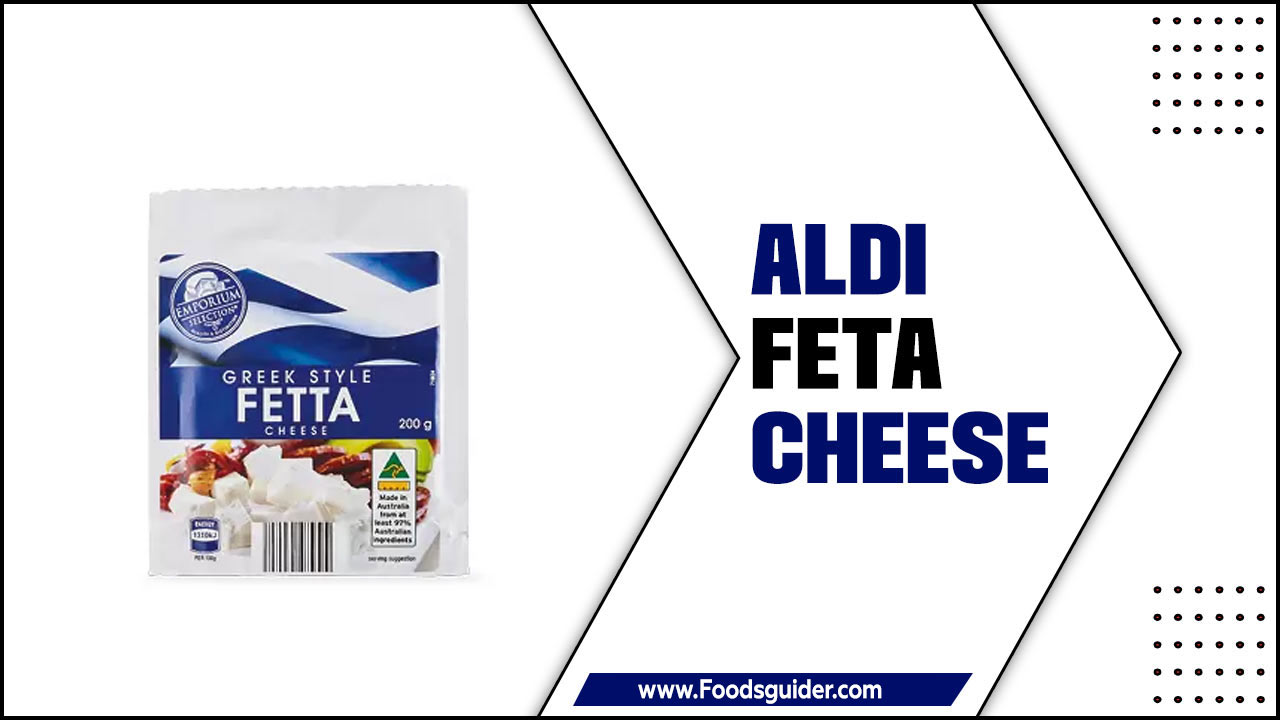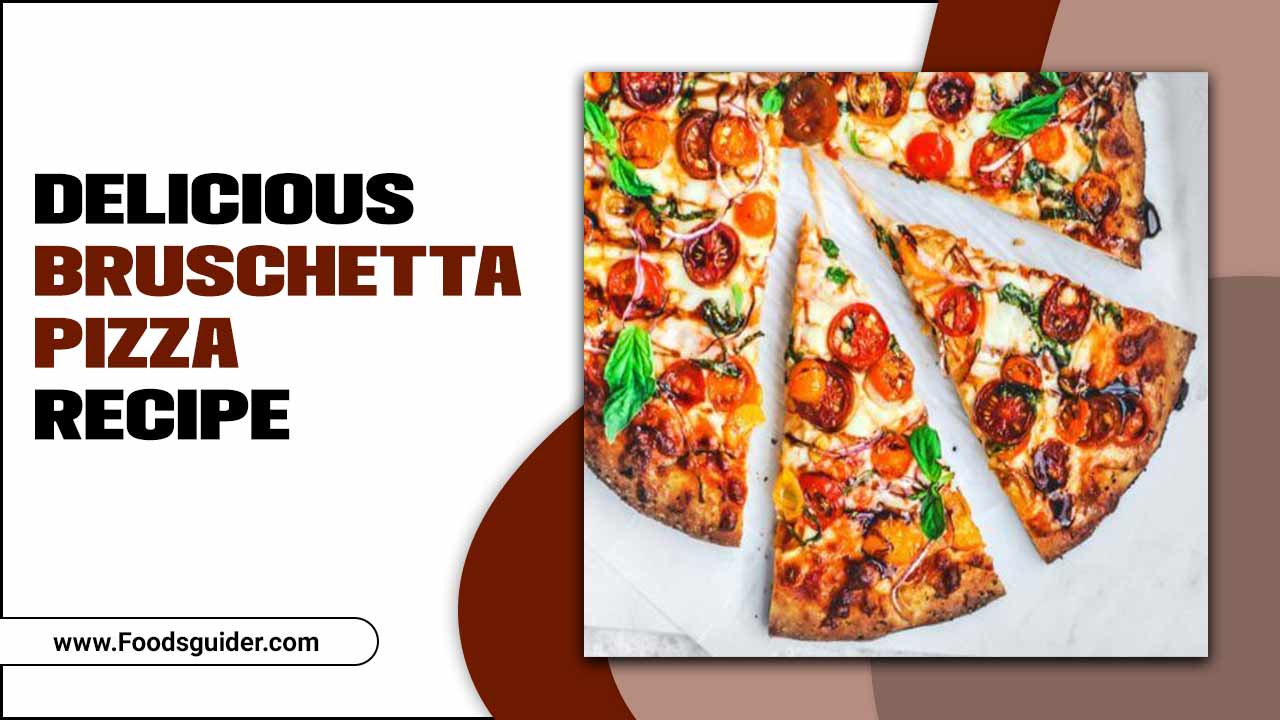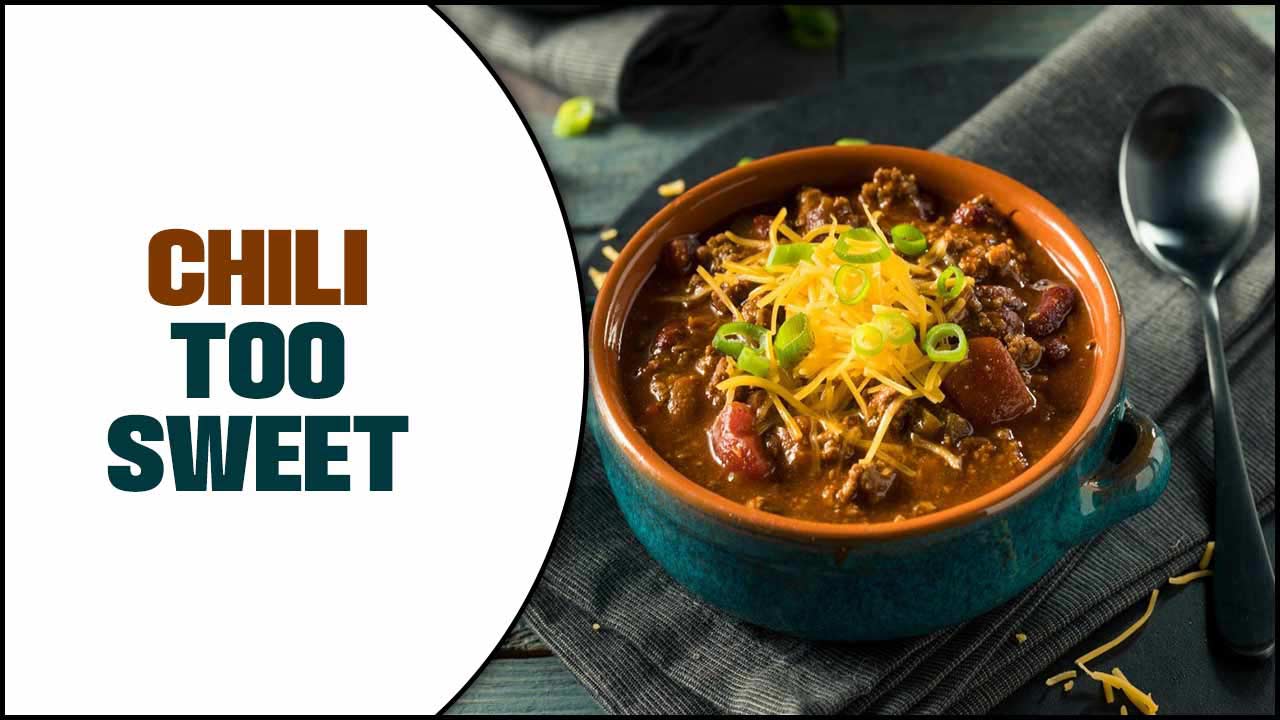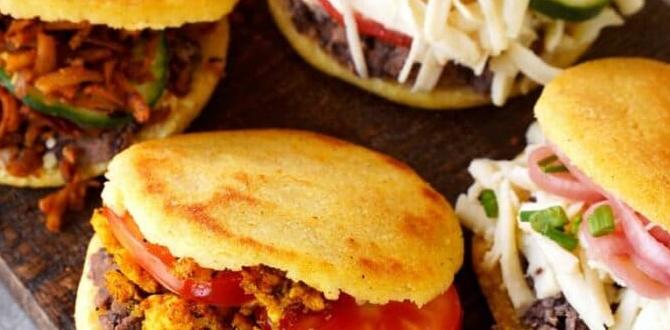Discover effortless culinary secrets at a Vietnamese cooking class in Hoi An, transforming your home cooking with authentic flavors and simple techniques.
Ever dreamed of recreating those delightful Vietnamese flavors you tasted on vacation? Perhaps the vibrant pho or the perfectly balanced banh mi? It can feel a bit daunting to start in your own kitchen. But what if I told you it doesn’t have to be complicated? Hoi An, a town renowned for its culinary magic, offers a gateway to mastering these delicious dishes. We’ll unlock the secrets that make Vietnamese food so special, making it easy for you to bring a taste of Vietnam home.
Unlock the Magic: Why a Vietnamese Cooking Class in Hoi An is Your Secret Weapon
Hoi An isn’t just a picturesque ancient town; it’s a pilgrimage site for food lovers. Its culinary scene is a vibrant tapestry woven with centuries of tradition and fresh, local ingredients. Taking a Vietnamese cooking class here isn’t just about learning recipes; it’s about immersing yourself in the culture, understanding the philosophy behind the flavors, and gaining hands-on experience that’s hard to replicate elsewhere. Imagine plucking fresh herbs from a garden, haggling for produce at a bustling market, and then learning the step-by-step process from talented local chefs. This immersive experience demystifies Vietnamese cooking, making those complex-sounding dishes surprisingly achievable.
The Hoi An Advantage: More Than Just a Recipe
What sets a Hoi An cooking class apart? It’s the direct connection to the source. You’re not just reading about ingredients; you’re seeing, smelling, and touching them. You’re learning from people who grew up with these flavors, whose families have passed down these techniques for generations. It’s about understanding the delicate balance of sweet, sour, salty, and spicy, and how fresh herbs and aromatics play a crucial role. This firsthand knowledge is invaluable and transforms your approach to cooking.
Your Culinary Adventure: What to Expect in a Hoi An Cooking Class
Most Vietnamese cooking classes in Hoi An follow a similar, delightful structure, designed to give you a comprehensive and fun experience. They’re crafted for beginners, so don’t worry if you’ve never chopped an herb before!
1. Market Tour: The Foundation of Flavor
Your culinary journey often begins with a visit to a local market. This is where the magic starts! You’ll learn to identify fresh, seasonal ingredients, understand their names, and discover how locals shop. Your instructor will point out unique produce like different kinds of mint, Vietnamese coriander (rau răm), and various chili peppers. You’ll also learn about essential pantry staples like fish sauce (nước mắm) and rice noodles.
This isn’t just about buying ingredients; it’s about understanding their importance. For instance, the quality of your fish sauce can dramatically impact the final taste of many dishes. Learning to select the best produce is the first step to effortless flavor.
2. Hands-On Cooking: From Garden to Plate
After the market, you’ll head to the kitchen, usually a charming, open-air space. Here, you’ll get to work!
- Preparation: You’ll chop vegetables, prepare herbs, and learn techniques like pounding spices.
- Cooking Methods: You’ll often learn to stir-fry, steam, make fresh spring rolls, and perhaps even balance the flavors for a noodle soup.
- Key Dishes: Classes typically focus on iconic dishes that showcase Vietnamese cooking principles. Common stars include:
- Gỏi Cuốn (Fresh Spring Rolls): Learning the art of wrapping perfectly.
- Bánh Xèo (Crispy Vietnamese Crepes): Achieving that delightful crispiness.
- Phở Gà/Bò (Chicken/Beef Noodle Soup): Understanding how to build a flavorful broth.
- Cá Kho Tộ (Caramelized Fish in Clay Pot): Mastering the sweet and savory balance.
Don’t be surprised if you get to taste and adjust seasonings as you go. This hands-on approach builds confidence and teaches you to trust your palate.
3. Enjoying Your Masterpieces
The best part? You get to eat everything you’ve cooked! This is a communal and joyful experience, sharing the delicious food you’ve prepared with your fellow classmates and instructors. It’s a true reward for your efforts.
Effortless Culinary Secrets Revealed: Techniques to Master
Vietnamese cuisine is built on a few fundamental principles that, once understood, make cooking these vibrant dishes feel effortless. These aren’t complex culinary hacks, but rather simple, smart ways of approaching ingredients and flavors.
The Balance of Flavors: The Five Tastes
Vietnamese cooking is a masterclass in balancing the five fundamental tastes: sweet, sour, salty, spicy, and umami. It’s not about one dominating the others, but about a harmonious interplay.
- Sweetness: Often comes from palm sugar, fruit, or even carrots and daikon radish.
- Sourness: Achieved with lime juice, tamarind, or vinegar.
- Saltiness: Primarily from fish sauce (nước mắm), though soy sauce is also used.
- Spiciness: From fresh chilies or chili paste.
- Umami: The savory depth, often from fish sauce, shrimp paste, or mushrooms.
Understanding this balance is crucial. A dish might seem just a little off, and a squeeze of lime or a pinch of sugar can transform it. Classes in Hoi An excel at teaching you to taste and adjust.
The Power of Fresh Herbs and Aromatics
This is perhaps the most distinctive feature of Vietnamese cuisine. Fresh herbs aren’t just garnishes; they are integral to the flavor profile. You’ll quickly notice the liberal and varied use of:
- Mint: Different varieties add freshness and complexity.
- Cilantro (Coriander): Both the leaves and roots are used for distinct flavors.
- Thai Basil: With its anise-like notes, it’s a star in many dishes.
- Vietnamese Coriander (Rau Răm): Offers a peppery, slightly lemony kick.
- Lemongrass: Essential for its citrusy aroma and flavor.
- Dill (Thì Là): Particularly prominent in Northern Vietnamese cuisine, like in the dish Chả Cá Lã Vọng.
- Scallions (Green Onions): Used in both cooking and as a fresh topping.
Learning which herb to pair with which dish is a key takeaway from a good class. It’s about layering these fresh flavors.
Simple Techniques for Maximum Flavor
Vietnamese cooking often relies on techniques that amplify natural flavors rather than masking them:
- Marinating: Meats are often marinated with aromatics like garlic, lemongrass, and spices before cooking.
- Stir-frying (Xào): A quick method that preserves the crispness of vegetables and the tenderness of meats. High heat and constant movement are key.
- Steaming (Hấp): Used for delicate dishes like steamed dumplings or fish, retaining moisture and pure flavor.
- Grilling (Nướng): Often over charcoal, imparting a smoky depth.
- Simmering: For broths and some stews, allowing flavors to meld.
The emphasis is on speed and freshness, ensuring ingredients retain their vibrant taste and texture. For example, a perfect stir-fry should have ingredients that are cooked through but still slightly crisp.
Must-Learn Dishes from a Hoi An Class
While every class is unique, there are several dishes that consistently appear due to their popularity and the culinary lessons they impart. Mastering these will give you a solid foundation.
1. Gỏi Cuốn (Fresh Spring Rolls)
These are a refreshing and healthy appetizer, a world away from their fried cousins. The art lies in the combination of textures and the dipping sauce.
- Key Ingredients: Rice paper wrappers, cooked shrimp, pork, rice vermicelli, lettuce, fresh herbs (mint, cilantro, basil).
- The Secret: Proper soaking of the rice paper and skillful wrapping are crucial. Layering the ingredients evenly ensures every bite is balanced.
- Dipping Sauce: Often a hoisin-based sauce, sometimes with crushed peanuts, or a nuoc cham variation.
2. Bánh Xèo (Crispy Sizzling Crepes)
Named for the sizzling sound the batter makes when it hits the hot pan, these savory crepes are a delight. They are typically large, folded in half, and filled with pork, shrimp, bean sprouts, and onions.
- Key Ingredients: Rice flour, coconut milk, turmeric (for color), green onions, pork, shrimp, bean sprouts.
- The Secret: Getting the batter consistency right is vital for crispiness. A well-seasoned, hot pan is non-negotiable. You’ll learn to scoop and spread the batter thinly.
- How to Eat: Tear off a piece, wrap it in lettuce and herbs, dip it!
3. Phở (Noodle Soup)
Perhaps Vietnam’s most famous dish, Phở is more than just soup; it’s an art form. While making a traditional broth from scratch can take hours, classes will teach you the principles and often a quicker method.
- Key Ingredients: Rice noodles, broth, thinly sliced beef or chicken, aromatics (star anise, cinnamon, ginger, cloves), fresh herbs, lime, chili.
- The Secret: A well-balanced, aromatic broth is paramount. Careful simmering of bones and spices, and proper seasoning with fish sauce and salt are key. The freshness of the garnishes elevates the soup.
- Learning Point: You’ll understand how to build layers of flavor in the broth and how to incorporate fresh elements at the end.
4. Cà Ri Gà (Vietnamese Chicken Curry)
Unlike other Asian curries, Vietnamese versions are often lighter, with a less heavy reliance on coconut milk and more emphasis on fresh lemongrass and herbs. It’s a fragrant and comforting dish.
- Key Ingredients: Chicken, coconut milk, lemongrass, curry powder, garlic, onion, chilies, potatoes, sometimes sweet potatoes.
- The Secret: Infusing the coconut milk with fresh lemongrass and sautéed aromatics creates a vibrant, aromatic base. The balance of sweet, savory, and slightly spicy is key.
- Serving Suggestion: Typically served with rice or rice noodles.
Essential Vietnamese Ingredients to Stock Your Kitchen
To recreate the magic of Hoi An at home, a few key ingredients are indispensable. You can often find these at Asian markets or specialty grocery stores.
| Ingredient | Why it’s Important | Where to Find | Notes |
|---|---|---|---|
| Fish Sauce (Nước Mắm) | The soul of Vietnamese savory flavor; provides saltiness and umami. | Asian markets, well-stocked supermarkets. | Look for brands from Phu Quoc or Vietnam. The higher the protein content (e.g., 30-40N), the better the quality. |
| Rice Paper Wrappers (Bánh Tráng) | Essential for fresh spring rolls (gỏi cuốn) and other light dishes. | Asian markets, international aisles of larger supermarkets. | Ensure they are thin and flexible when moistened. |
| Rice Vermicelli (Bún) | Thin dried rice noodles used in soups, salads, and as a side. | Asian markets, supermarket noodle sections. | Comes in various thicknesses; thin is most common for gỏi cuốn and phở. |
| Lemongrass | Aromatic citrusy flavor, crucial for marinades, soups, and curries. | Asian markets, some large supermarkets (fresh or frozen). | Use the bottom, tender part; remove tough outer layers. |
| Thai Basil | Distinctive anise-like aroma, a fresh herb used generously. | Asian markets, some farmers’ markets. | Can sometimes be found in larger supermarkets’ herb section. |
| Chili Peppers (e.g., Bird’s Eye) | For heat and fresh chili flavor. | Asian markets, specialty produce sections. | Handle with care; adjust quantity to your spice preference. |
| Fresh Lime | Vital for sourness and brightness in dressings and dipping sauces. | Any grocery store. | Always prefer fresh lime juice over bottled. |
Having these staples on hand will allow you to experiment with many Vietnamese recipes beyond what you learn in class. For more information on essential Southeast Asian ingredients, the Royal Horticultural Society offers insights into growing popular herbs like lemongrass.
Tips for a Successful Hoi An Cooking Class Experience
To make the most of your culinary adventure, a little preparation goes a long way. Here are a few tips:
- Book in Advance: Popular classes fill up, especially during peak tourist seasons.
- Check Reviews: Look for classes with consistently good reviews regarding instructors, cleanliness, and ingredient quality.
- Inform of Allergies/Dietary Needs: Most schools are accommodating, but it’s best to let them know when you book.
- Wear Comfortable Clothes: You’ll be on your feet for a good portion of the time, and you might get a little messy!
- Come Hungry: You will be eating everything you cook, and it’s a feast!
- Ask Questions: Don’t be shy. This is your chance to learn from the experts.
- Take Notes (or Photos): While many classes provide recipes, jotting down personal tips or taking photos of key steps can be very helpful later.
Beyond the Class: Integrating Vietnamese Flavors at Home
Your cooking class in Hoi An is just the beginning! The real fun is bringing those newfound skills and secrets back to your own kitchen. Here’s how to keep the culinary adventure going:
Practice Makes Perfect
Recreate the dishes you learned immediately. The faster you practice, the fresher the techniques and flavors will be in your memory. Start with something simple like fresh spring rolls or a basic stir-fry.
Experiment with Variations
Once you’re comfortable with the core recipes, don’t be afraid to experiment. Swap proteins, add different vegetables, or adjust the spice level. Use your learned understanding of flavor balance to guide you.
Explore More Recipes
Look for other Vietnamese recipes that pique your interest. You’ll find that the fundamental principles—fresh herbs, balanced flavors, quick cooking methods—appear consistently.
Create Your Own “Nuoc Cham”
The ubiquitous dipping sauce, nước chấm, is a perfect example of Vietnamese balance. A basic recipe involves fish sauce, lime juice, sugar, water, garlic, and chili. Master this, and you’ve unlocked a key to countless dishes. For a deeper dive into Vietnamese recipes, the Vegetarian Times website often features accessible adaptations of popular dishes.
Visit a Vietnamese Market
If you have one nearby, explore it! Seeing the variety of produce and ingredients available will inspire you and help you source authentic items.
Frequently Asked Questions About Vietnamese Cooking Classes in Hoi An
Q1: How long do most Vietnamese cooking classes in Hoi An last?
A1: Typically, classes range from 2 to 4 hours. This usually includes a market visit, hands-on cooking, and enjoying the meal you prepared.
Q2: Do I need to have prior cooking experience to join a class?
A2: Absolutely not! Hoi An cooking classes are designed for all skill levels, especially beginners. The instructors are there to guide you step-by-step.
Q3: What is the typical cost of a cooking class in Hoi An?
A3: Prices can vary, but expect to pay anywhere from $20 to $50 USD per person, depending on the duration, what’s included (like market tours), and the reputation of the school.
Q4: Can I learn to cook vegetarian or vegan Vietnamese food in Hoi An?
A4: Yes, many cooking schools offer vegetarian or vegan options. It’s best to inquire and confirm when booking your class.
<






